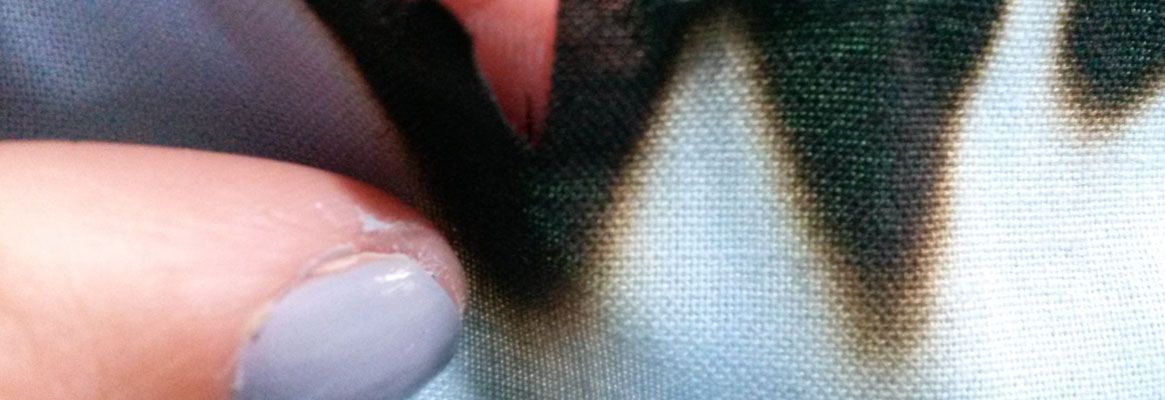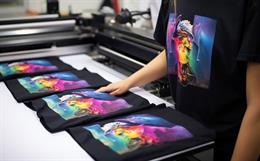Among all fire hazards, textilesgetting burnt are more due to its widespread use. Majority of fire accidentsare associated with the burning of textiles. Cellulosics that is commonly usedin garments are comfortable, but are more prone to inflammability. The weightand weave of the fabrics also decides its inflammability. Heavy and tight wovenfabrics burn slowly than loosely woven fabrics. Flammability is important,particularly for textiles. A retardant finish is given to fabrics to prevent itfrom getting burnt.
Flame retardant materials can beeffectively applied to both natural as well as synthetic fibres. Fibres aretreated with a chemical which minimizes the fabrics flammability and makes italmost non-combustible. When a fire occurs, the chemical coated on the fabricreacts with the gases and tars generated by the fabric. It converts the gasesand tars to carbon char, and ultimately slows down the burning speed of thefabric.
Variousfire-retardant materials used in clothing:
- Twaron
- Nomex (a DuPont trademark)
- Coated nylon
- Carbon Foam
- M5 fiber
- Kevlar
- Proban fr cotton
- PYROMEX (a trademark of Toho Tenax)
- Pyrovatex fr cotton
- Dale Antiflame
- Indura fr cotton
- Technora
- Teijinconex
- Lenzing FR (fire retardant Rayon)
- Carbon X
- Kanox
- Mazic
- Modacrylic
- Kermel
- PBI
Fire retardant fabrics are usedin a variety of applications like industrial work wear, uniforms for firefighters, air force pilots, tent and parachute fabric, professional motorracing apparel etc to protect the wearer against fires, and electrical arcsetc. They are mostly used in interior materials like curtains, in hotels,hospitals and theaters. Materials like Twaron are used in fabrics to withstandhigh temperature in industry like fire fighting. Materials like aluminum hydroxideare commonly used as fire retardant as it gives three way protection. Itbreaks down to give off water vapor, and further absorbs much heat, therebycooling the material and the residue of alumina and forms a protective layer.
Flame retardancy of a fabricdepends on the number of times; the fabric is dry cleaned, and theenvironmental conditions in which the fabric is used. The fire retardantproperties of a finished fabric are normally tested by using addon, tensilestrength, LOI-value, and vertical flame test determinations.
Flame resistant Vs Fire Retardant Fabrics:
Flame resisting garments reduce the possibility of an incipient fire or flame from spading and becoming a conflagration. They are set up with a thermal barrier to reduce the flames spreading, to reduce after burns, and allow some time for the people to escape from the burning environment. It protects the user only for a limited time. Fire retardant fabrics include a coating of chemical that produces a non-combustible gas that prohibits the ignition and spread of fire. It also reduces the toxic smoke and fumes. Deaths during a fire accident are more likely to be caused by smoke inhalation than the actual fire itself.
World-wide market for Fire Retardant Fabrics:
Global demand for fire retardant fabrics is expected to increase by 4.7 percent and the global market is estimated to grow more than 2 million metric tons by the year 2011. Formulation and practice of stringent flammability standards will lead to the increased use of flame retardants by the developing countries. U.S will be a leading producer of these fabrics. Demand for fire retardant fabrics in U.S. is anticipated to have an average annual increase of 3 percent making its market to go beyond 1 billion pounds by the year 2011. Increasing use of flame retardants in consumer products, building materials, wire and insulation jacketing, electronics housings and aerospace products will boost its market demand. Polyolefin and other thermoplastics market will see increasing gain as they are used in flame retardant construction applications.
Performance apparel is one of the fastest growing sectors of the textile industry. The market growth is enhanced by the emergence of new innovations in fabrics and technological updations. Developments in fabric industry have led to the innovation of high-tech protective fabrics. These fabrics possess great tensile strength, cut resistance, and even higher abrasion resistance and durability.
References:
- http://www.ieindia.org
- http://www.freepatentsonline.com
- http://www.saehan.com
- http://en.wikipedia.org
To read more articles on Textile, Industry, Technical Textile, Dyes & Chemicals, Machinery, Fashion, Apparel, Technology, Retail, Leather, Footwear & Jewellery, Software and General please visit http://articles.fibre2fashion.com
To promote your company, product and services via promotional article, follow
this link: http://www.fibre2fashion.com/services/article-writing-service/content-promotion-services.asp






_Small.jpg)

